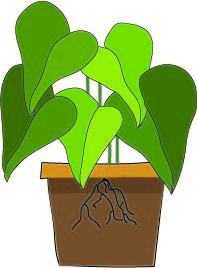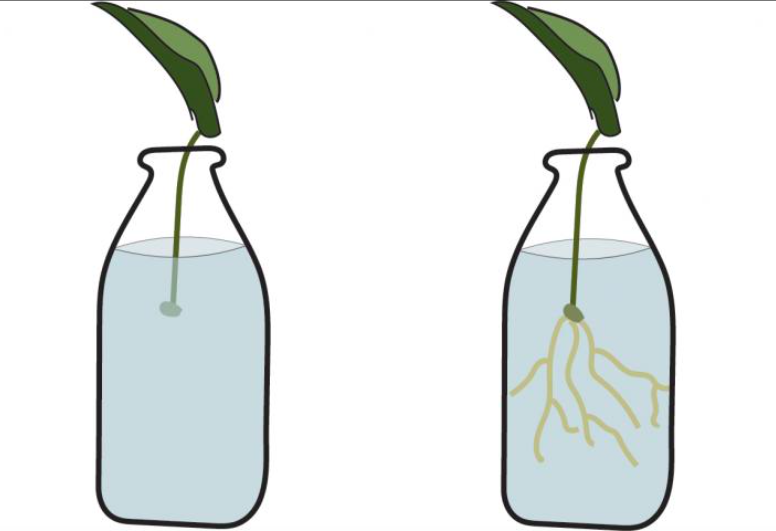A beginner’s guide to plants
House plants are a great addition to any room. Where should you start?
November 16, 2020
Most of the fun of getting plants is going to pick out one that truly speaks to you and a pot that fits its personality perfectly. There are so many to choose from and one might go directly to the succulents because they look easy and while they are, there are so many other beautiful plants to choose from.
Before going out to choose a plant, you must figure out what kind of light you have in your room. South-facing windows receive full sun throughout the day. West-facing windows have hot and bright sun in the afternoon which is not best for sensitive plants. East-facing windows prived gentle, direct sun in the morning. Finally, north-facing windows fill the room with medium to low indirect light, which is best for sensitive plants.

My personal favorites are the pothos or philodendron plants. There are different variations of each all with similar caretaking so you can keep track of your plant’s schedules. Pothos are relatively easy, low maintenance and they grow like crazy. They can also survive in high as well as low light environments.
Pothos thrive best in bright to medium light, but they can survive in lower light as well. However, if you choose a Queen Marble pothos, their leaves have white variegation which means if they are in direct light their leaves will sunburn. You will know the plant’s leaves are sunburnt when brown holes will begin to form on the surface of the plant. They look like burn holes.
For a lower light room, ZZ or snake plants are the best options because they need little to no light and they get watered very little. ZZ plants have deep green leaves and very pretty while snake plants are tall, sword-shaped leaves. They rise directly up from the  soil and have a light green and dark green horizontal striped pattern.
soil and have a light green and dark green horizontal striped pattern.
Instead of watering your plants on a schedule like once a week or the first of every month, check the soil regularly. For plants like pothos or most tropicals, if you stick your finger down about an inch and the soil is dry, it’s time to water. If the soil is still damp, the plant does not need to be watered yet. Overwatering the plant will harm the plant or create root rot if the plant is sitting in too much water. Root rot can also occur if the plant is potted in a pot that is big, because the water sits in the pot. A good rule of thumb is to pot plants in pots that are only one to two inches bigger than the grow pot it comes in.
One of the best parts of buying plants is getting to propagate them. Propagating plants is when you take a cutting of one of your already growing plants and grow a new one. For most plants, to propagate them, you find the leaf node (a small knot where the leaf grows from the stem), cut it off, and put it in a cup withwater by the window or you can plant it back into the soil. If you propagate in water, once the cutting has about three to four inches of roots growing you can plant it in a small pot and watch your new plant grow. I use this when I have plants that are trailing but aren’t as full as I would want them. After they have roots, you can plant the new cutting back with the original plant to add more body to the plant. 
Most of the fun of getting plants is learning all about them and finding cool variations to get and care for. Each plant is different and has its own character. It’s ultimately up to you which plants you shoes, but it’s also important to put your plants in situations where they can successfully grow and thrive.










